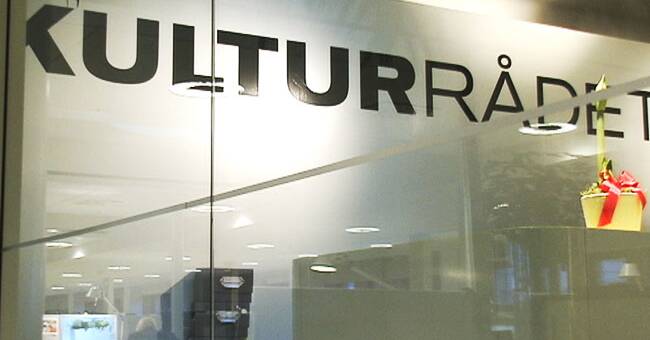There is a need for clearer positions, sharper boundaries and more openly presented motives - if in our time it is to be possible to maintain a cultural policy system with authority and broad legitimacy.
A gloomy reading of the report shows the picture of a rather dilapidated system.
Cultural practitioners do not feel that the system primarily rewards quality, but rather adaptation to political wishes on topics and perspectives.
Just under half state in survey responses that they have adapted content to increase the prospect of being granted support.
At the same time, the cultural bureaucrats are annoyed by the applicants' lack of independence, and transparent attempts to put what they believe are the right signal words in their project descriptions.
The total amount of
respect and trust in the system is alarmingly small.
How to prevent a largely tax-financed cultural life from becoming politically controlled?
This is the very basic issue of modern cultural policy.
The cultural policy system claimed for decades to have resolved and removed it from the agenda: goals and frameworks are decided democratically (ie by politicians), and we keep an arm's length distance between politicians and cultural practitioners, everything is great.
The fact that the issue of freedom has made a comeback on the main stage in recent years is connected with a complex diversity of reasons - many that have nothing to do with the focus on Swedish cultural policy, but also some that do.
When an overall cultural policy
was formed in 1974, society was immensely simpler. Distribution and accessibility mainly meant getting the working class to go to the Museum of Modern Art and read novels published by the major publishers. Now the questions are instead about which art and culture should be stimulated - which stories, by whom, for whom, from which perspective?
The simple, authoritative collection of central cultural values that existed in the 20th century has disappeared far into the distance.
This means great strain on a cultural policy system that is basically about sending tax money to "qualitative" art.
And it is not made easier by the fact that various rights, equality and gender equality criteria in the 21st century have been integrated into the concept of quality - as a response to the exploding number of poles and positions in the social force field, but a response that threatens to drive quality reasoning to collapse.
Why should the Swedish Arts Council
be tasked with highlighting the LGBTQ perspective, as was stated in the regulation letter 2019?
Does this mean that you should give more money to projects about hbqt?
Regardless of which answer but want to give to such questions, one can expect that they will be more and more widely debated than hitherto. Which can only be good.

